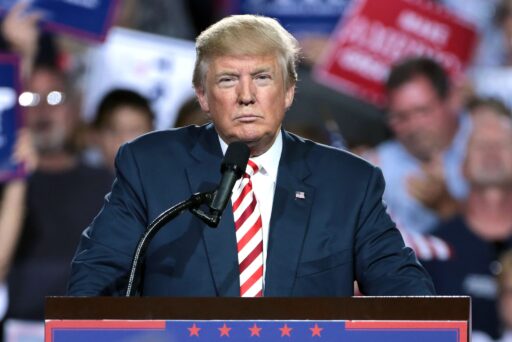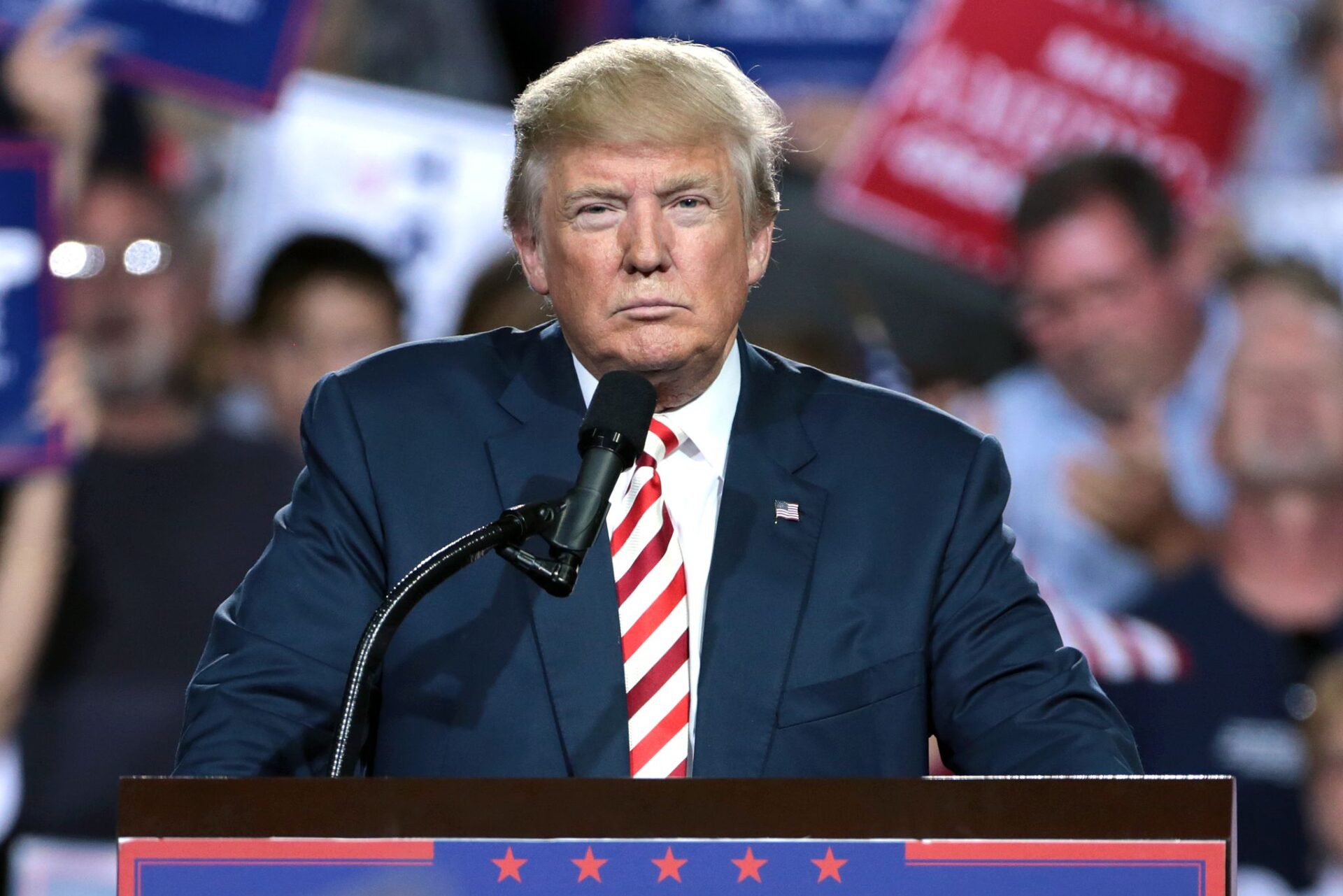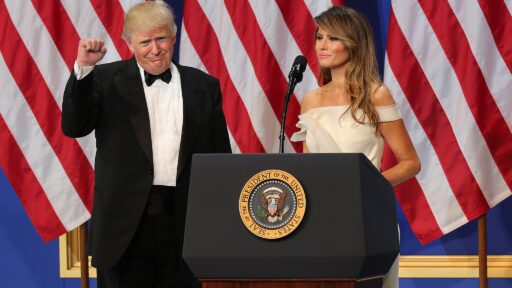It’s interesting how these prices just drop as the election nears, isn’t it?
This week marks a significant milestone as oil prices plummet to a three-year low, following a steady decline in gasoline prices over the past six weeks. This development, though not directly influenced by the Biden administration, could be a boon for Vice President Kamala Harris as the election season approaches.
The current drop in oil prices can largely be attributed to a variety of economic factors rather than direct policy changes. According to Patrick DeHaan, head of petroleum analysis at GasBuddy, as global events like the COVID-19 pandemic and Russia’s 2022 invasion of Ukraine recede into the past, the market is finding a new equilibrium. “The market is stabilizing as we move away from those disruptive events,” DeHaan notes. He adds that while falling gas prices are advantageous for the incumbent party, both political sides will likely continue to debate this issue vigorously.
As of Wednesday, the national average gasoline price stands at approximately $3.25 per gallon, a drop from $3.31 just a week prior and $3.45 a month ago. This decline is typical for early fall, DeHaan explains. With reduced driving in the cooler months and the imminent switch to cheaper winter gasoline blends, demand naturally wanes. Additionally, a drop in oil prices, now at $65 per barrel—the lowest since 2021—has contributed to this trend. This decrease is attributed to economic uncertainties and lower demand in China. West Texas Intermediate, the U.S. oil benchmark, was trading around $68 per barrel after peaking at $83 per barrel earlier in July.
Tom Kloza from the Oil Price Information Service attributes the low prices to anticipated increases in oil supply. OPEC+, a coalition of oil-producing nations, plans to boost production in December, which was previously delayed from October. This increase in supply is expected to help balance the market, reducing the pressure on oil prices. “The market anticipates more crude oil from OPEC+ and a rise in non-OPEC production, which is contributing to the current price drop,” Kloza explains.
Furthermore, the low oil prices follow a weak jobs report and a drop in stock prices last month, which have raised concerns about a possible recession. While the White House does not control gas prices directly, presidential approval ratings often fluctuate with economic conditions, including gas prices. President Biden’s approval ratings notably declined during a period of record-high gas prices, which were partly driven by Russia’s invasion of Ukraine and post-pandemic economic recovery challenges.
Looking ahead, DeHaan suggests that any potential Federal Reserve rate cuts could impact gas prices further. “A larger rate cut might signal economic trouble and push oil prices down, while a smaller cut could suggest a more positive outlook and potentially support oil prices,” he explains.
Kloza expects gas prices to continue to fall, with the possibility of prices dropping below $3 per gallon by November. However, he notes that some regions, particularly on the West Coast, may still experience higher prices.







